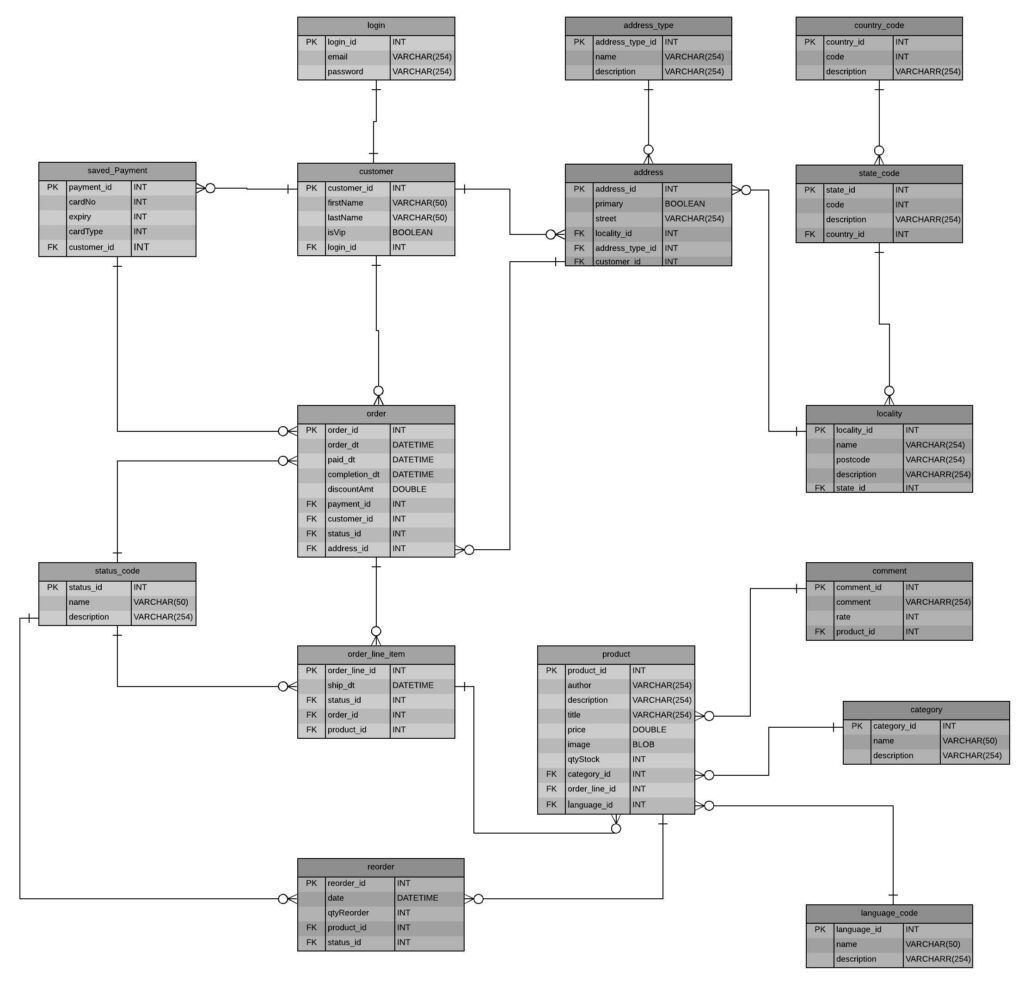Do you need a Database? The simple answer is yes, if you have a website being hosted with us at hosting-australia.com, even if you do not have users logging in and creating profiles on your website, your website will still have its own database used to store information.
So, what is in a database?
A database is a software-based container structured to collect and store information so it can be retrieving, added to, updated, or removed in an automatic fashion. A physical comparison would be a room of filing cabinets, all connected with information sorted in their own separators, when someone needs to add more information it goes directly to the designated separator. Database programs are software applications designed for the user to make databases and create all programming necessary to fill them or delete them as needed.
The Structure of a database is the table, which consists of rows and columns of information. The columns identify the data in the table, and the cows are the records of information. Tables look just like a spreadsheet, but tables can be manipulated and updated in a manner that spreadsheets cannot, which makes a database an unbelievably valuable tool.

How will your database know when to store information or communicate with your website?
There is a common language created so databases can communicate with other systems. This language is SQL.
What is SQL?
SQL which stands for Structured Query Language, is a data management language used to handle data in relational databases. With SQL you can create and modify the structure of databases and tables. You can also store, manipulate, and retrieve data from the databases and tables using SQL, For example. Your newly created site may have a client portal, when a new user signs up to the website, they will be prompted to fill out certain information into a form. These details may include email, password, name, address etc. SQL reads the input then will add the new information into a table within the database, so it may be accessed later.
Code example of SQL:
INSERT INTO database_users (ID, user_login, user_pass, user_nicename, user_email, user_url, display_name) VALUES (NULL, ‘username’, ‘password’, ‘usernamenickname’, ’email@hosting-australia.com’, ‘https://hosting-australia.com’, ‘hostaus’);
What Next?
With these two working entwine and communicating, is what makes everything with everyone possible on the internet. Now we could bore you will all the ins and out’s including primary and foreign keys, SQL commands and ERD diagrams. Because we have barely scratched the surface with these systems. It is important to have a basic understanding of how these systems work and at hosting-australia.com we want our customers to understand how everything communicates.

